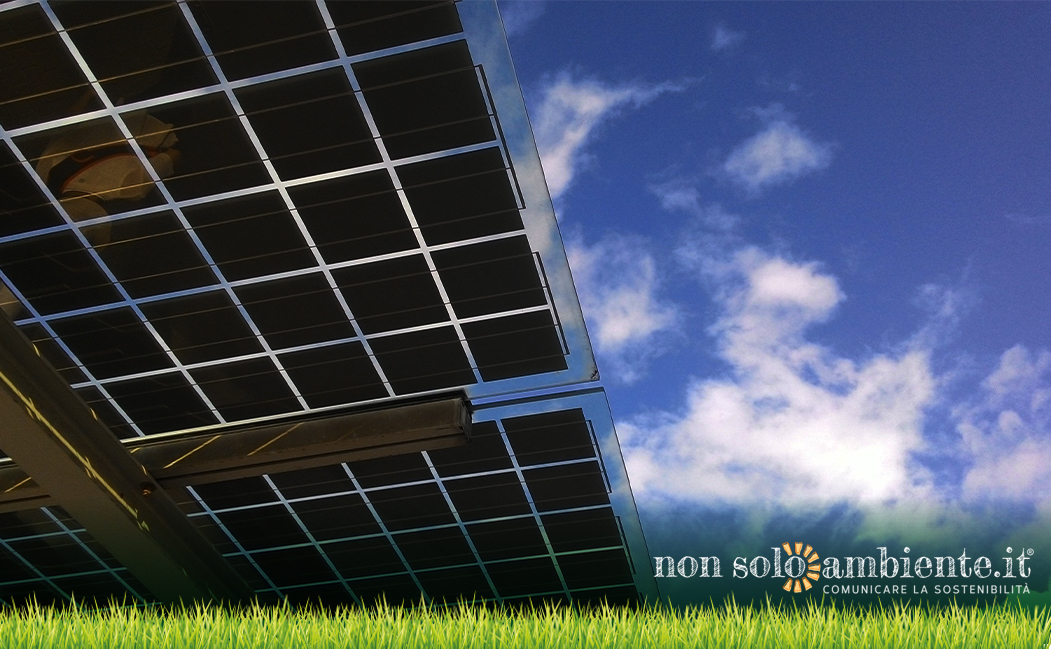
Ultime Notizie

Solar energy is no longer just the future but the present. According to the World Energy Outlook's report, photovoltaic solar energy is the cheapest source of electricity in history.
The International Energy Agency’s (IEA’s) assessment of 2020 trends and 2021 forecasts warns of lax electricity demand in all major economies over the next year. The World Energy Outlook 2020 state that renewables are predicted to meet 90% of strong growth in global electricity demand. The following is a list of the biggest insights and 2021 power sector trends according to POWER Magazine.
The Global Electricity Demand
"Over the past 15 years, electricity demand has almost stagnated in developed economies despite economic growth and 93% of worldwide net growth in power demand originated in emerging and developing economies—58% in China alone. In 2021, demand could surge 3% to levels even higher than 2019" - POWER Magazine states.
Solar power
Despite the pandemic, net additions of renewable capacity reached a new record of 200 GW in 2020, and total capacity will surge to about 218 GW in 2021. In 2025, renewables are expected to overtake coal as the primary means of producing global electricity, the WEO2020 suggests. “In particular, solar PV is now the cheapest source of electricity in most countries and it has been the most-built power technology over the past three years,” noted IEA analyst Yasmine Arsalane. “We are definitely entering a new era and solar PV is becoming the new king.”
Coal, nuclear, gas, and oil
About 13 GW of new nuclear are set to begin operation in 2021—and many units are advanced reactors. Global coal capacity, meanwhile, is set to soar to 2,140 GW in 2021, driven by 30 GW of new capacity in China, with minor additions in India, Japan, Indonesia, Vietnam, and Bangladesh. Natural gas capacity, meanwhile, is slated to rise by 30 GW. About 7 GW is in the U.S. and another 7 GW is in the Middle East, in Iran, Saudi Arabia, and the UAE. Additionally, 10 GW is in Asia, mostly in China and Malaysia.
The Electricity Market Report 2020 highlights a dramatic increase in national policy objectives, alongside local power market structures, fuel taxes, and efficiency and renewable support measures to enable decarbonization of the power sector. Carbon pricing, which introduces a price signal for the cost of carbon emissions, has been implemented in several regions to provide investment signals and sway electricity dispatch merit orders. In 2021, joining 31 regional emissions trading systems (ETSs), China will start a national ETS to initially cover power and heat generation from coal and gas plants. “When operational it will be by far the world’s largest emissions trading system, alone covering more than 14% of global CO2 emissions from fossil-fuel combustion,” the IEA noted.
Tags:
Potrebbero interessarti ...
Snam’s commitment to sustainability at Dubai Expo 2020
13 Ottobre 2021No more chocolate by 2050 because of extreme droughts effects
22 Settembre 2021How much CO₂ do urban forests absorb?
15 Settembre 2021Iscriviti alla nostra Newsletter!
Sei un sostenitore dell'ambiente in tutte le sue forme? Allora sei nel posto giusto!
Iscriviti subito!




